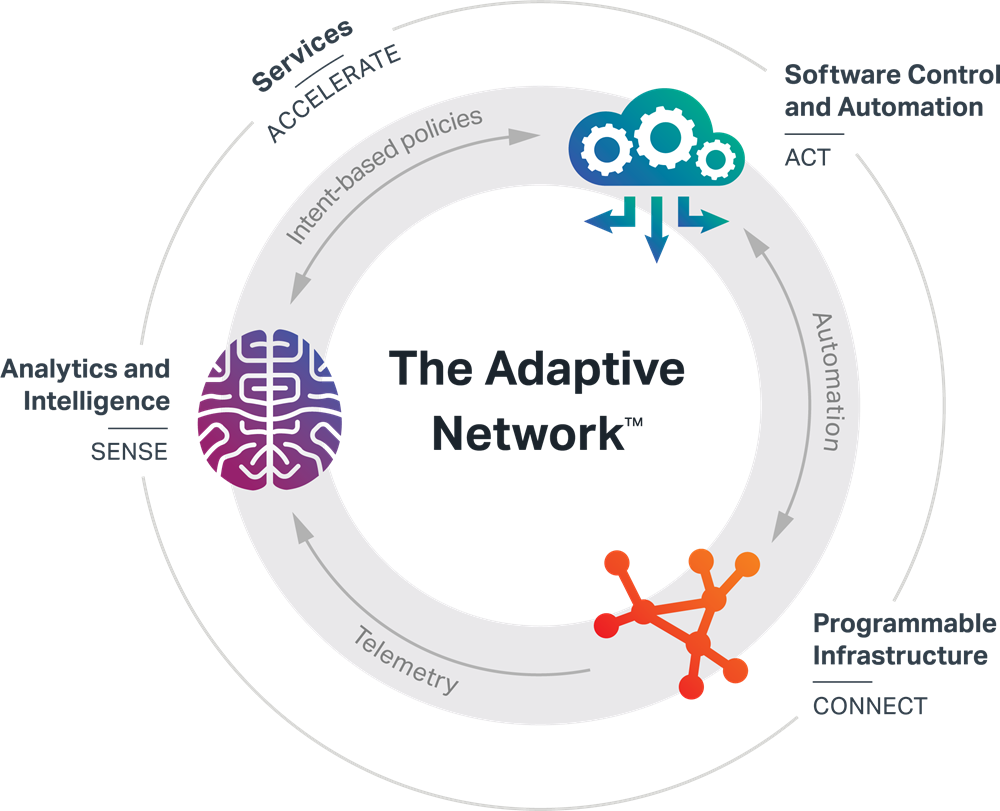Power shift: How service providers must adapt to the empowered enterprise customer
In the world of networks and network services, it appears the pendulum is swinging faster than ever in the relationship between service provider and customer; and the balance of power is now squarely in the hands of the user. The days of static network designs, static services, static features, and static service pricing are being challenged by an end user population who would like to replace the word “static” with the word “dynamic.”
As I was recently told by the CIO of a large enterprise, “I want to be able to control my WAN and cloud connections as easily and completely as I currently control my LAN connections – and I want to be able to make changes just as fast.”
The concept is not new. Enterprise end users have been asking for dynamic services, better visibility and better control for quite some time. Providers have responded with bandwidth burst capabilities, enhanced Service Level Agreements (SLAs) and customer portals. But, in reality, none of the features or offerings today are truly dynamic, although we have started to see the first glimmerings of the shift from a network that is essentially static to a hybrid network that maintains static state but is beginning to provide some dynamic responses.
But is that what the customer truly wants? I would suggest that they are asking for even more.
“I want to be able to control my WAN and cloud connections as easily and completely as I currently control my LAN connections – and I want to be able to make changes just as fast.”
The growing demand for end-to-end network visibility
Let’s take a look at some of the common concerns a of large enterprise that is migrating to a cloud-based infrastructure and SD-WAN for remote offices. In this migration, the enterprise has realized that the majority of its traffic has shifted from WAN-based connectivity to cloud-based applications and cloud connectivity. Unfortunately, in a typical hub-and-spoke design for remote offices there is usually a wall between the customer and the WAN – all visibility stops at the network handoff point.
What does this mean? It means no visibility into the cloud applications, no network analytics to ensure optimal performance, no flexibility on meaningful bandwidth control and long lead times on error resolution, capacity upgrades and new connectivity. In my opinion, a design like this does not answer the above CIO’s desire – controlling her WAN like she controls her LAN.
To make this even harder, new devices supporting the Internet of Things (IoT) and 5G are beginning to come on-line, adding more stress, more requests, and more services. In order to deal with all of these complexities, service providers must move to network infrastructures that are more adaptative, more dynamic, and more responsive.
At Ciena, our vision for a network infrastructure capable of dealing with the new demands for everything to be “dynamic” and “faster” can be boiled down into three simple words – Connect, Sense and Act. These three words are the basic tenets of the Adaptive Network.
Connect – or the Programmable Infrastructure: A programmable packet and optical infrastructure is one that can be accessed and configured via common open interfaces, is highly instrumented, with the ability to export real-time network performance data, and can adjust its resources as needed to meet the demands of the applications running on top of it.
Sense – or Analytics and Intelligence: Collecting network performance data, and analyzing this data using machine learning and artificial intelligence (AI), provides the ability to more accurately predict potential network problems and anticipate trends by turning mountains of data into actionable insights. Leveraging these insights can help network providers develop smarter, data-driven business policies that enable them to adapt to customer needs securely, and in real time.
Act - or Software Control and Automation: Multi-Domain Service Orchestration (MDSO), federated inventory, and centralized, software-defined control of individual domains form the basis of the Adaptive Network. Through the implementation of SDN, NFV, and open APIs, network providers can simplify the end-to-end management and automation of network services across multi-vendor, hybrid networks.

By building a framework around these three concepts, operators can turn their infrastructure into a self-optimizing, self-managing and self-configuring network –controlled by intent-based policies and open to other vendors’ hardware and software; an infrastructure that is truly dynamic and responsive, and that can pass these capabilities on to its customers.
If we go back to the customer mentioned earlier, rather than losing visibility at the hand-off, this customer would gain abilities such as capacity control (combining multiple links into one single pool of capacity), customized bandwidth control defined around specific user and application needs, traffic management and policy definition across their entire network, and proactive analytic tools for better application control.
Today’s customers are truly asking for a change, and with the balance of power in their hands, it is time to make their voices heard. And the service provider that embraces this new empowered customer is likely to reap the rewards. If you are an enterprise customer who sees the need to control your WAN as easily as your LAN, maybe you should ask your providers if they are using the Adaptive Network.





